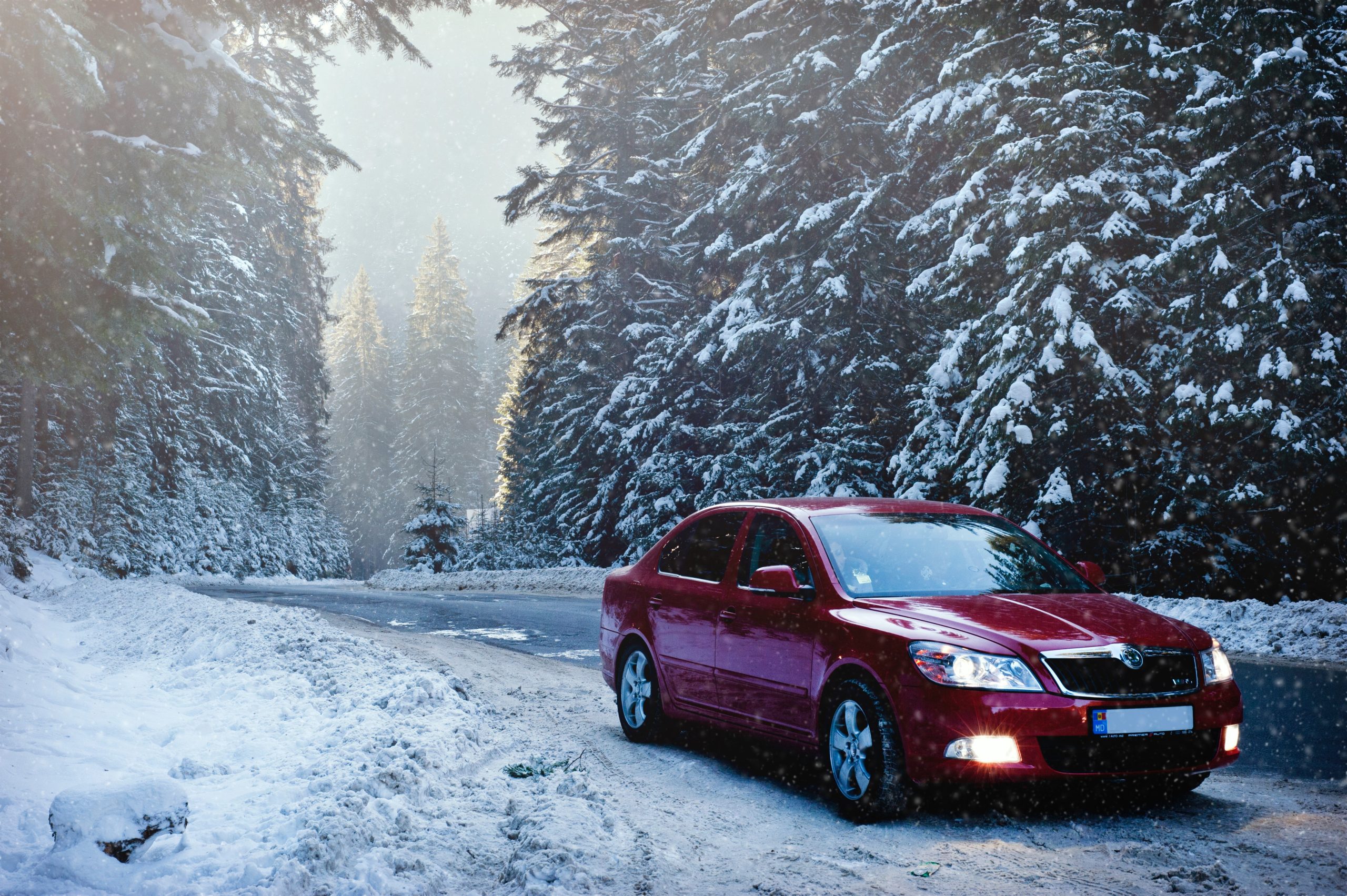Protecting your Vehicle in the Colder Weather
Winter can be a taxing time of year for any piece of complex machinery that spends most of its time outdoors. Millions of people in the UK own just such a piece of machinery, and often more than one of them.
Cold weather can damage your car in myriad ways. Let’s take a look at what we might do to limit that damage.
Choose the right tyres
Your choice of tyres really matters during winter, when precipitation is more common. Make sure that yours have enough tread depth to be well over the legal minimum. You might also consider winter tyres, which come with more generous treads, and which are made from rubber which remains pliant even at very low temperatures.
Keep the temperature stable
The temperature inside the vehicle will affect its lifespan, too. Giving the vehicle time to warm up before you get started will not only protect the engine against sudden shocks: it’ll also ensure that you’re more comfortable and responsive as a driver.
Clear the windscreen
If you can’t see where you’re going, you shouldn’t be driving. Wait for the entirety of the frost to thaw before you pull away. If you have the right heated windscreen, this might take a matter of moments.
Check your lights
You might not realise that your headlight bulbs have gone until you get caught out in darkness. Make sure that there’s a set of spare bulbs on board, and that you know how to change them. This isn’t a lesson you’ll want to have to learn in a high-pressure situation.
Top up all of your fluids
Your engine, and the car more broadly, rely on a number of fluids, including oil, coolant and washer fluid. Make sure that you use a stronger concentration of screenwash – this will help to guard against your wipers freezing solid.
Take out additional cover
If your insurance doesn’t extend to breakdown cover, then you might find yourself stranded. Consider extending your policy so that you can be picked up in the event of a problem.
Get a service
Servicing your car will allow potential problems to be identified and fixed before the cold weather makes them worse. In the long term, you might find that the investment pays off.
Keep an emergency kit
Suppose that you do end up breaking down at the roadside in the middle of a blizzard. Suppose that you’re in the middle of the countryside. You should have a kit full of supplies there to help you to survive. Blankets, first-aid kits, and energy-dense foods. Even if you aren’t in the middle of nowhere, then you’ll be grateful that you planned ahead.

